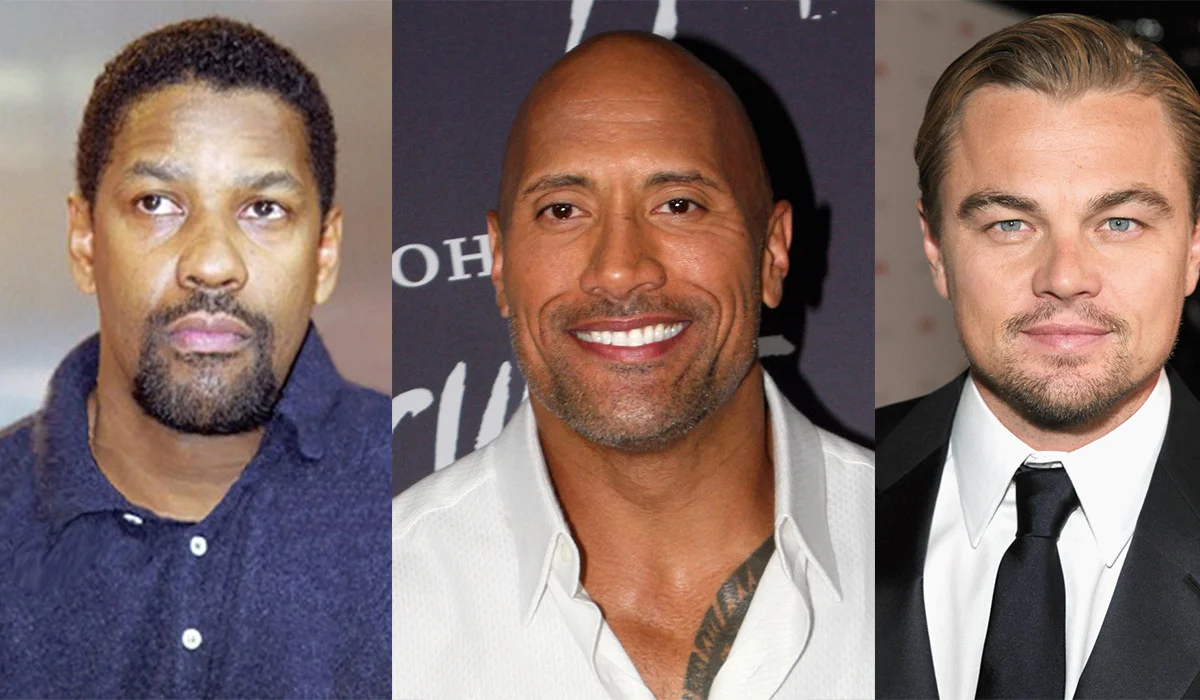
Clint Eastwood, a name synonymous with rugged individualism, unwavering resolve, and a cinematic vision that has spanned over seven decades, stands today as a towering figure in Hollywood. As he approaches his 95th year, his journey from an unassuming young man to a global icon of masculinity, a revered actor, and an acclaimed director offers a rich tapestry of American ambition and artistic perseverance. His career is not merely a collection of films but a profound exploration of character, power, and the complex human spirit, rendered with a distinctive laconic style that has captivated audiences worldwide.
Few figures in the annals of cinema have navigated the ever-shifting currents of popular culture with the sustained impact and singular integrity of Clint Eastwood. From the dusty trails of the Wild West to the gritty streets of urban America, and eventually behind the camera shaping nuanced narratives, Eastwood has consistently pushed boundaries. His influence transcends acting; he has meticulously cultivated a persona and a directorial voice that are instantly recognizable, deeply resonant, and undeniably influential, cementing his place as one of the most significant artists of his generation.
This exploration delves into the foundational chapters of his illustrious career, tracing his path from humble beginnings to his decisive emergence as a leading man and a burgeoning auteur. We will examine the pivotal roles that shaped his public image, the daring creative choices that defined his early directorial efforts, and the strategic moves that allowed him to seize artistic control, setting the stage for an unparalleled legacy that continues to unfold.
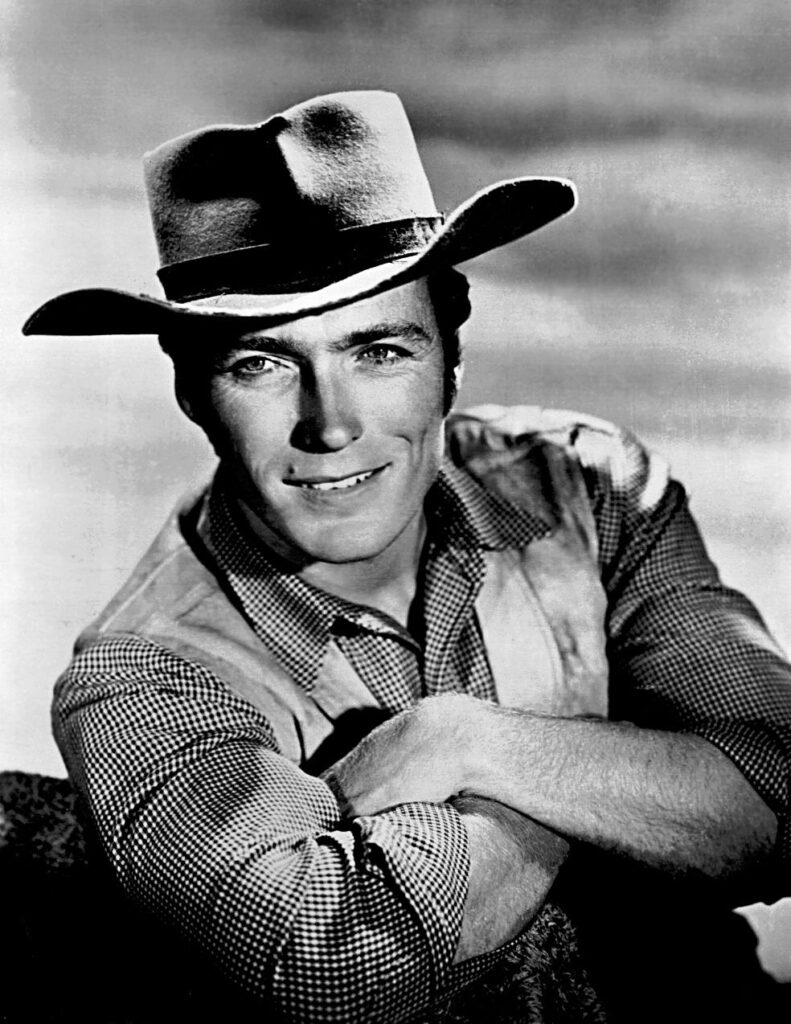
1. **Early Life and Formative Years**
Born Clinton Eastwood Jr. on May 31, 1930, in San Francisco, his early life was marked by frequent relocation due to his father’s changing occupations. His mother, Ruth, and younger sister, Jeanne Bernhardt, were part of a family with diverse ancestry, including a direct line to Mayflower passenger William Bradford. Despite residing in the affluent Piedmont, California, his academic path was turbulent, including being held back in middle school and being asked to leave Piedmont High School for various infractions before graduating from Oakland Technical High in 1949.
Before fame, Eastwood embraced a series of odd jobs, including lifeguard, paper carrier, grocery clerk, forest firefighter, and golf caddy, which surely contributed to his grounded perspective. In 1951, his attempt to enroll at Seattle University was preempted by his drafting into the United States Army during the Korean War. A harrowing incident during this period saw him survive a plane crash into the ocean near Point Reyes, swimming two miles to safety. Discharged in February 1953, these formative experiences instilled a quiet resilience that would later define his iconic on-screen presence.
Read more about: King James’ Empire: How LeBron Forged Generational Wealth Beyond the Basketball Court
2. **The *Rawhide* Breakthrough**
Eastwood’s acting journey began with a chance encounter at Fort Ord, leading to an audition with director Arthur Lubin in April 1954. Despite Lubin’s reservations about his amateurish acting, he saw potential in Eastwood’s striking appearance, offering him an initial contract and suggesting drama classes. Early on, critics noted his stiff manner and distinct line delivery, traits that would surprisingly evolve into his signature cool.
After numerous minor roles and an initial contract termination by Universal in October 1955, Eastwood persevered, taking small television parts. His persistence paid off in 1958 when he was cast as Rowdy Yates in the CBS Western series *Rawhide*. Though Eastwood himself found the character “cloddish,” the show quickly became a major success, reaching the top 20 in TV ratings and peaking at number six, providing invaluable experience and national recognition.
The *Rawhide* years (1959–65) were grueling, with intense filming schedules. The show’s eventual cancellation in 1965, though marking an end, provided him with substantial severance pay and freed him to pursue more creatively fulfilling projects, hinting at the next, even more significant chapter of his career.
Read more about: Still Kicking It! 11 Classic Hollywood Stars Who Are Miraculously Still With Us
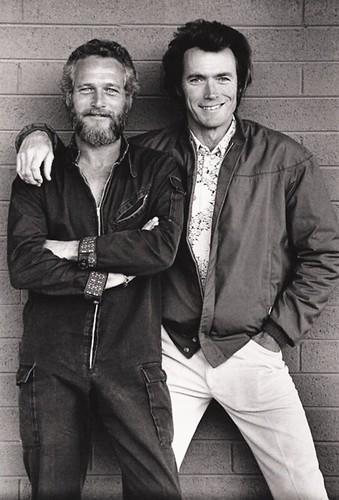
3. **Sergio Leone’s *Dollars Trilogy***
A pivotal moment arrived in late 1963 when Eastwood was offered a role in Sergio Leone’s Italian-made Western, *A Fistful of Dollars* (1964). Eager to break free from his “conventional white hat” image in *Rawhide*, he embraced the opportunity to portray an antihero. He signed for $15,000, plus a Mercedes-Benz bonus, recognizing the potential in this unconventional project.
Eastwood was instrumental in shaping the “Man with No Name” character, cultivating a distinctive visual style and a “mask” that Leone highly valued. “I wanted to play it with an economy of words,” Eastwood noted, explaining his conscious choice for minimalism. This deliberate quiet intensity became a hallmark, creating an enigmatic figure that redefined the Western genre and amplified his appeal.
*A Fistful of Dollars* became a landmark spaghetti Western, depicting a lawless, desolate world and challenging American heroic stereotypes. Its success made Eastwood a major star in Italy and led to two sequels, *For a Few Dollars More* (1965) and *The Good, the Bad and the Ugly* (1966), completing the iconic trilogy. Released in the U.S. in 1967, they were commercial sensations, cementing Eastwood’s place on Quigley’s Top Ten Money Making Stars Poll.
Despite commercial triumph, the trilogy initially faced harsh criticism from American reviewers, often deeming Eastwood’s acting “wooden” while praising Leone’s cinematography. This critical dismissal spurred Eastwood’s long-standing quest for artistic respect, driving his future creative endeavors beyond mere box office success.
Read more about: Still Kicking It! 11 Classic Hollywood Stars Who Are Miraculously Still With Us
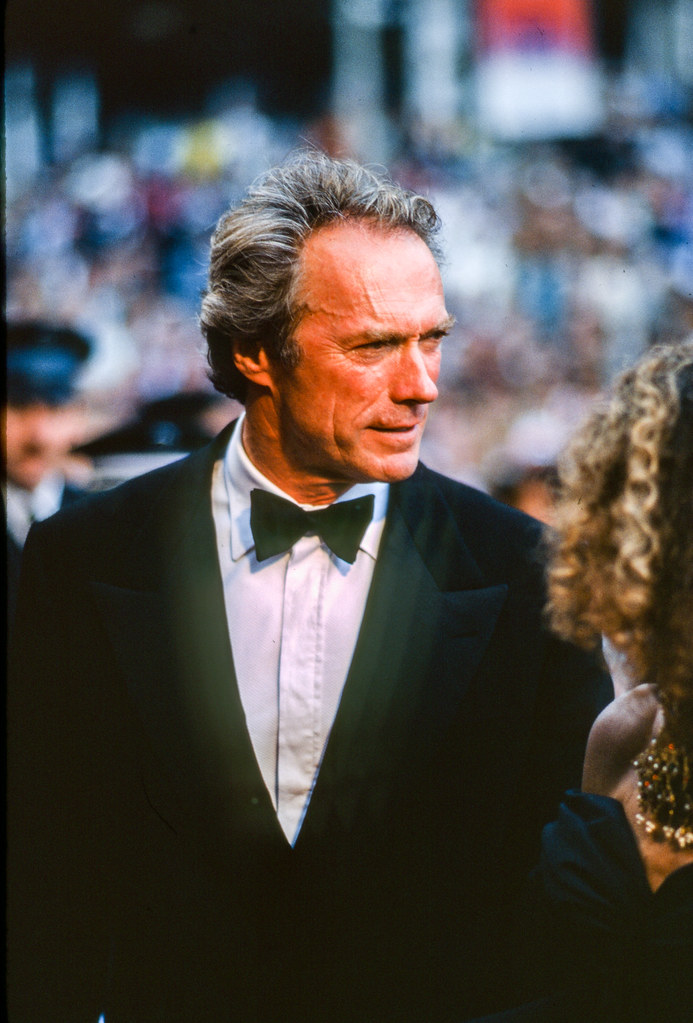
4. **Forging His Own Path: Malpaso Productions and Early Stardom**
The significant financial success of the *Dollars Trilogy* empowered Eastwood to establish Malpaso Productions in 1967 with his advisor Irving Leonard. Named after a creek on his Monterey County property, this strategic move provided him unprecedented creative and financial autonomy, a cornerstone of his long and distinguished career, producing almost all of his subsequent American films.
With his newfound clout, Eastwood ventured into American productions. His first post-Leone Western was *Hang ‘Em High* (1968), a revenge narrative where he played a lawman seeking justice after being lynched. The film was a commercial hit and widely praised, affirming his star power in the U.S.
Eastwood then reunited with Universal for *Coogan’s Bluff* (1968), earning a substantial $1 million. This film marked the beginning of his pivotal, decade-long collaboration with director Don Siegel, who became a close friend and creative partner. *Coogan’s Bluff* solidified Eastwood’s contemporary action hero persona and introduced composer Lalo Schifrin. He further expanded his range in the war epic *Where Eagles Dare* (1968) and even took a surprising turn in the musical *Paint Your Wagon* (1969), showcasing his willingness to explore diverse genres, despite its mixed critical reception.

5. **Directorial Debut: *Play Misty for Me***
The year 1971 marked a profound artistic milestone for Clint Eastwood as he realized a long-held ambition: his directorial debut with *Play Misty for Me*. Developed through Malpaso Productions, this project granted him the complete artistic control he craved, allowing him to shape a narrative both behind and in front of the camera. The film was a psychological thriller, a departure from his Western and action roles, demonstrating his versatility.
Eastwood starred as Dave, a jazz disc jockey whose casual affair with Evelyn, a listener obsessed with his radio show and Erroll Garner’s “Misty,” spirals into a terrifying ordeal when she becomes a murderous stalker after he tries to end their relationship. Filming in Monterey, California, with authentic footage from the Monterey Jazz Festival, lent the film a unique, unsettling atmosphere that enhanced its psychological depth.
Upon its release, *Play Misty for Me* garnered significant critical acclaim, firmly establishing Eastwood’s capabilities as a director. Critics like Jay Cocks and Andrew Sarris praised his assured direction and compelling performance, recognizing his skill in crafting a tense and engaging narrative. Jessica Walter’s chilling portrayal of Evelyn also received widespread recognition, earning her a Golden Globe nomination, validating Eastwood’s vision and signaling his promising future as a filmmaker.
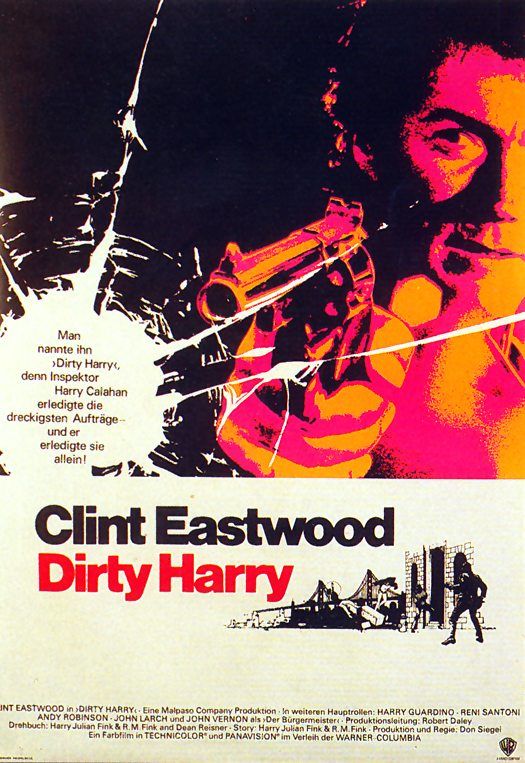
6. **The *Dirty Harry* Phenomenon**
Following his directorial success, Eastwood cemented his status as a cultural icon with *Dirty Harry* (1971). Written by Harry and Rita Fink, the film introduced Harry Callahan, a “hard-edged” San Francisco police inspector determined to stop a psychotic killer through his own uncompromising methods. This character quickly became arguably Eastwood’s most memorable, defining the “loose-cannon cop” genre that would influence countless action films.
Author Eric Lichtenfeld identifies Eastwood’s role as Harry Callahan as establishing the “first true archetype” of the action film genre. The character’s stoicism, moral ambiguity, and willingness to bend rules in pursuit of justice resonated powerfully with audiences. His now-legendary line, “Do I feel lucky? Well, do you, punk?” became an instant classic, even quoted by President Ronald Reagan, and significantly boosted the popularity of the .44 Magnum revolver.
Released in December 1971, *Dirty Harry* was a phenomenal commercial success, earning $22 million in the U.S. and Canada, becoming director Don Siegel’s highest-grossing film and launching a successful series. While critics lauded Eastwood’s “tense, tough” performance, the film also sparked considerable controversy, with some critics labeling it “fascistic.” Despite the debate, *Dirty Harry* propelled Eastwood to the top of Quigley’s Top Ten Money Making Stars Poll in 1972 and 1973, confirming his immense box office appeal and profound cultural impact.
Read more about: From Man With No Name to Oscar Gold: A Ranked Journey Through Clint Eastwood’s Legendary Film Career
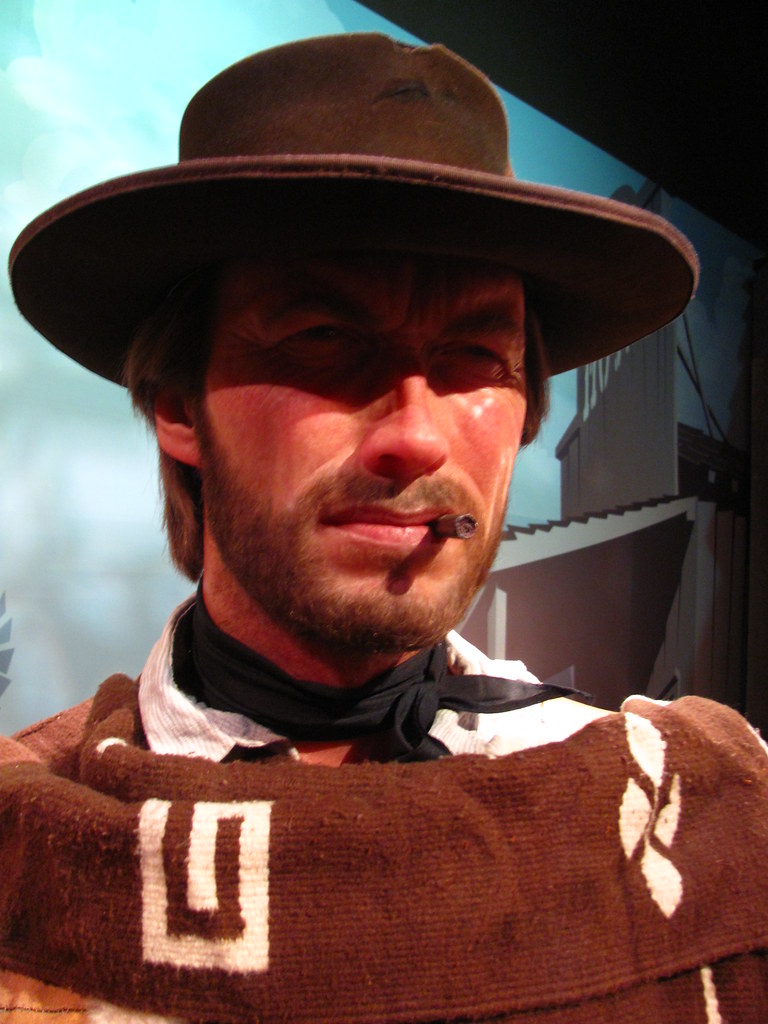
7. **Expanding Horizons: Directorial Efforts and Diverse Roles in the 1970s**
After the monumental success of *Dirty Harry*, Clint Eastwood consciously navigated away from conventional paths, famously declining the James Bond role to pursue more personal projects. His return to the Western genre in *Joe Kidd* (1972) offered a complex character, though the production presented personal challenges. This period marked a decisive diversification of his cinematic portfolio, hinting at the expansive directorial vision he would soon fully embrace.
His first self-directed Western, *High Plains Drifter* (1973), redefined the genre with its moral ambiguity and supernatural undertones, securing box-office success despite mixed critical reception, including a notable critique from John Wayne. While his intimate drama *Breezy* (1973) found limited audience appeal, he swiftly returned to his iconic antihero in *Magnum Force* (1973). This sequel, a major commercial hit, explored vigilante justice within law enforcement, solidifying his continued box-office dominance even as critics offered lukewarm assessments of its thematic complexities.
Eastwood continued to challenge expectations with the buddy action caper *Thunderbolt and Lightfoot* (1974), lauded for its unique blend of comedy and suspense, though co-star Jeff Bridges’ Oscar nomination reportedly fueled Eastwood’s pursuit of greater critical recognition. The arduous production of *The Eiger Sanction* (1975), marked by perilous climbing and a tragic fatality, preceded his pivotal shift from Universal to a lasting partnership with Warner Bros. This transformative decade culminated in the acclaimed Western *The Outlaw Josey Wales* (1976), and the commercially successful third *Dirty Harry* film, *The Enforcer* (1976).
Read more about: John Christopher Jones: The Stage Actor Who Embodied Unyielding Artistic Spirit Despite Parkinson’s, Dies at 77
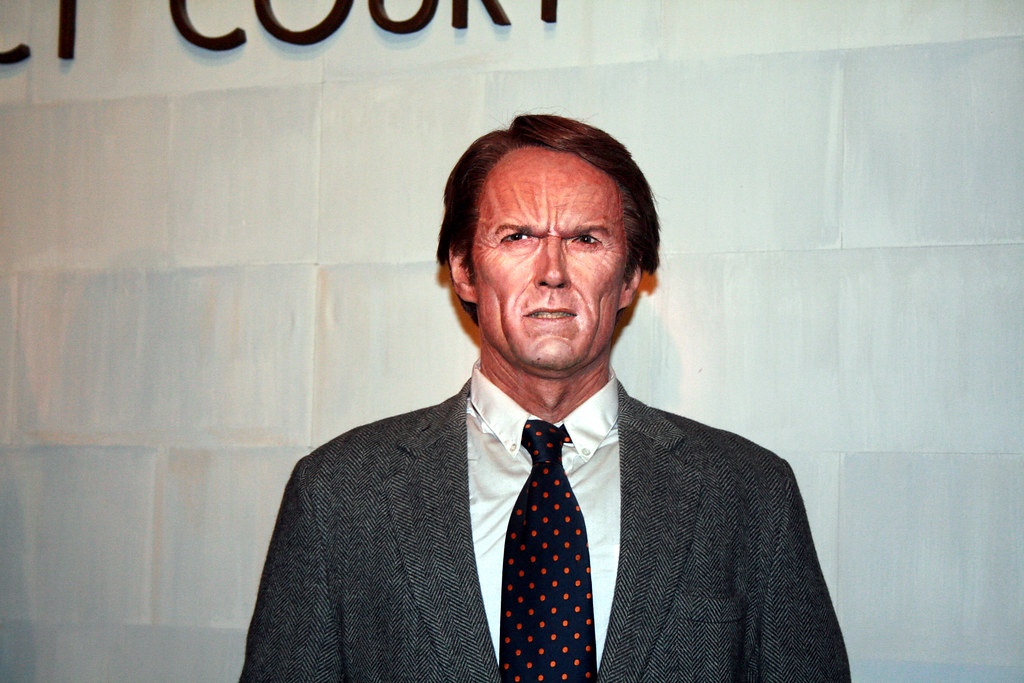
8. **Unconventional Successes: The *Every Which Way but Loose* Series and *Escape from Alcatraz***
The late 1970s saw Clint Eastwood boldly embracing unconventional roles, notably directing and starring in *The Gauntlet* (1977) alongside Sondra Locke. While critics initially held mixed views on its violence, Roger Ebert lauded its “classic Clint Eastwood” qualities, underscoring his evolving command of action narratives. This era further showcased his willingness to experiment, moving beyond established formulas.
A surprising commercial juggernaut emerged with *Every Which Way but Loose* (1978), an offbeat comedy where Eastwood played a trucker accompanied by an orangutan. Despite being critically panned, its unique charm resonated profoundly with audiences, becoming, at the time, his most successful film and the second-highest-grossing of 1978. This unprecedented triumph highlighted Eastwood’s innate ability to connect with the public, even in roles far removed from his gritty persona.
He followed this with the gripping prison film *Escape from Alcatraz* (1979), his final collaboration with director Don Siegel. This major success garnered significant critical acclaim, with reviewers praising its “crystalline cinema” and “cool, cinematic grace,” affirming Eastwood’s capacity for powerful, understated storytelling. The decade closed with his self-directed *Bronco Billy* (1980), quickly followed by the massive box office success of *Any Which Way You Can* (1980), further solidifying his diverse appeal.
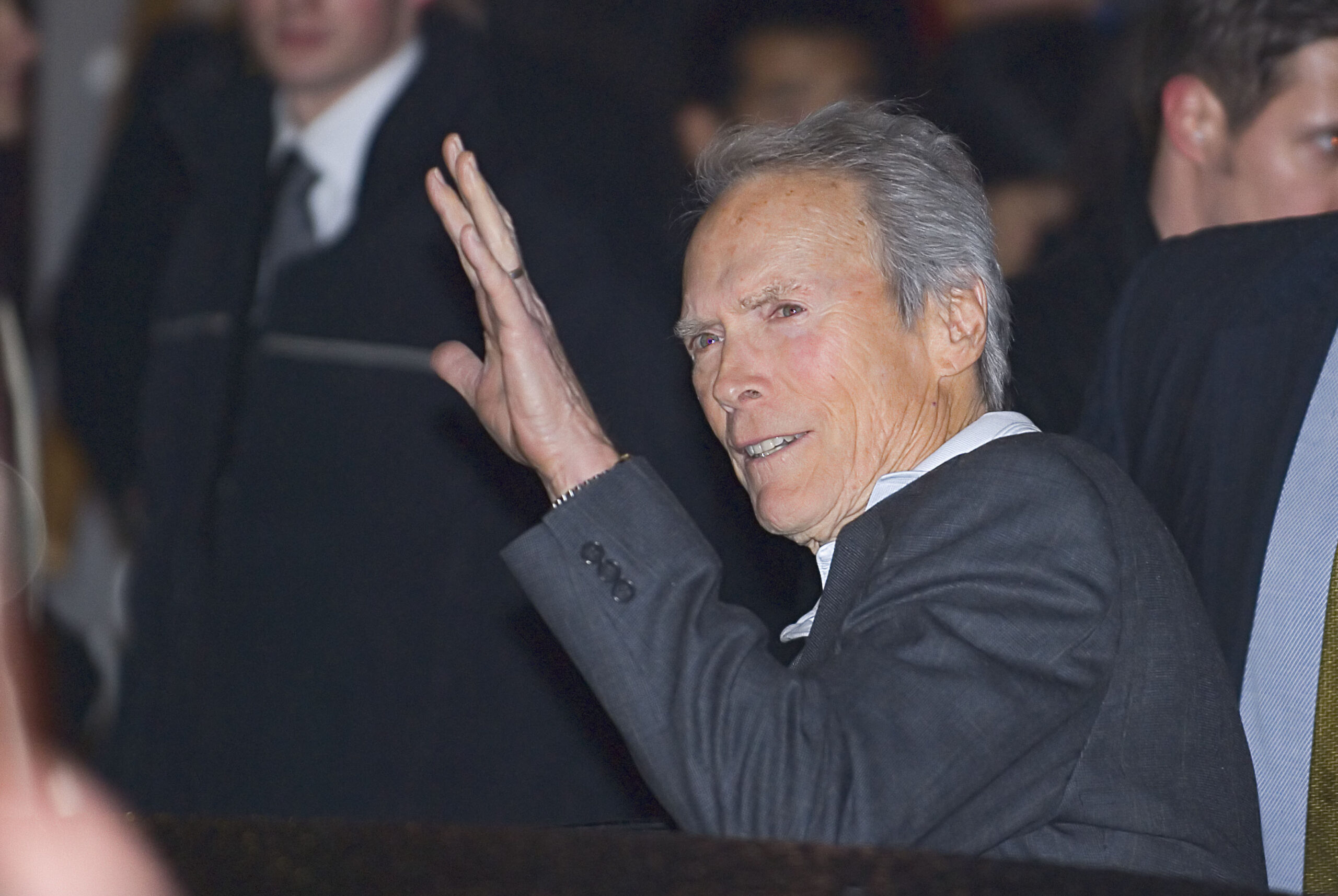
9. **The Iconic Phrases and Later *Dirty Harry* Films: *Sudden Impact* and Beyond**
The early 1980s continued Clint Eastwood’s prolific journey, blending ambitious personal projects with high-impact commercial ventures. His melancholic drama *Honkytonk Man* (1982) offered a poignant character study, praised in France despite a muted American reception. Soon after, he helmed *Firefox* (1982), a technologically advanced Cold War thriller that became his highest-budget film, where his stoic presence anchored a large-scale production, drawing comparisons to his iconic “Dirty Harry” persona.
However, it was *Sudden Impact* (1983), the fourth *Dirty Harry* installment, that indelibly marked this period. Darker and more violent, the film unleashed one of cinema’s most iconic lines: “Go ahead, make my day.” This phrase, delivered with Eastwood’s chilling conviction, permeated popular culture, even quoted by President Ronald Reagan, and significantly boosted the .44 Magnum’s mystique. It became a defining cultural touchstone of the era, further cementing his status as a cinematic legend.
Beyond its commercial success as the second most profitable *Dirty Harry* film, *Sudden Impact* earned positive critical reassessment, notably for its unexpected feminist exploration of rape’s consequences. This was followed by *Tightrope* (1984), a provocative thriller that proved both a critical and commercial hit. His subsequent pairing with Burt Reynolds in the period crime comedy *City Heat* (1984) rounded out a busy year, demonstrating his continued versatility across genres.

10. **Political Leadership and Continued Filmmaking: Mayor of Carmel and Mid-80s Works**
The mid-1980s introduced a remarkable chapter in Clint Eastwood’s life: a foray into civic leadership. In 1986, he was elected mayor of Carmel-by-the-Sea, California, serving a two-year term. This unexpected political role offered a unique glimpse into his commitment beyond the silver screen, demonstrating a desire to actively shape his community and adding another dimension to his multifaceted public persona.
Despite his mayoral duties, Eastwood’s cinematic output remained robust. He returned to the Western genre with *Pale Rider* (1985), a film echoing the moral and supernatural themes of his earlier *High Plains Drifter*. This reaffirmation of his connection to the American frontier, which he philosophically described as “the last masculine frontier,” underscored his enduring fascination with the archetype of the lone individual.
His creative ventures during this time also extended to television, where he made his sole directorial contribution to the *Amazing Stories* episode “Vanessa in the Garden” (1985). He then directed and starred in the acclaimed war film *Heartbreak Ridge* (1986), further solidifying his distinctive voice in storytelling that consistently explored themes of grit, duty, and the complex human spirit, maintaining his significant impact on cinema even amidst his political responsibilities.
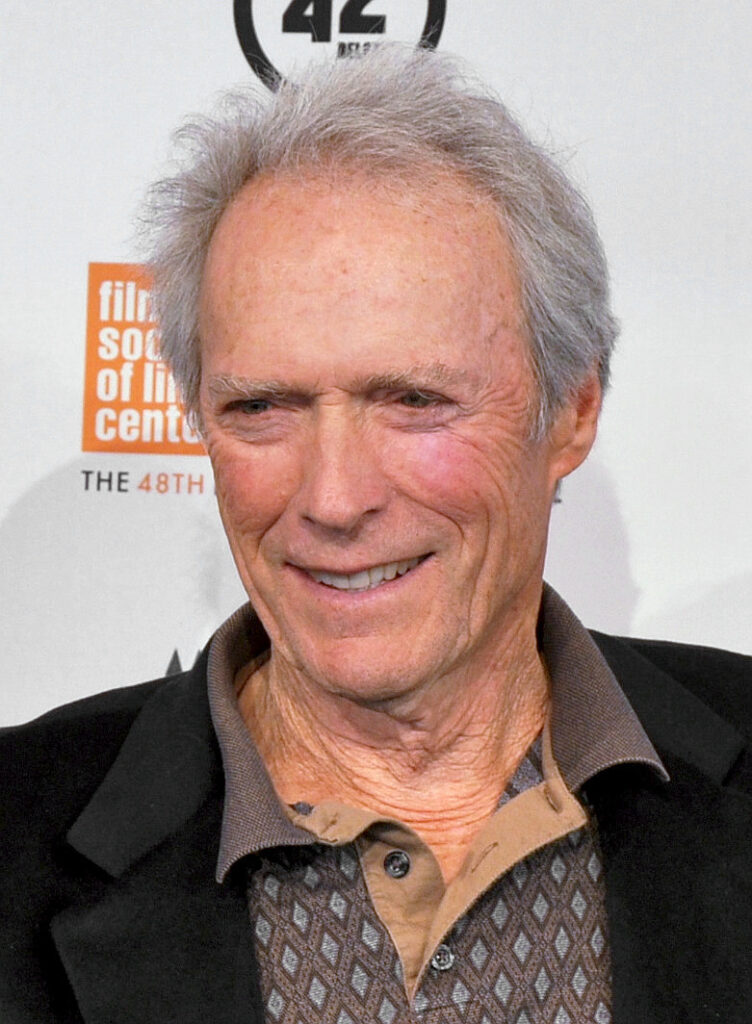
11. **Academy Award Triumphs: *Unforgiven* and *Million Dollar Baby***
As the 1990s commenced, Clint Eastwood transitioned into a period that would redefine his cinematic legacy, moving beyond iconic stardom to establish himself as a formidable auteur. This era was marked by a series of critical triumphs that showcased a mature directorial vision, delving into profound moral complexities and the harsh realities of human experience, far removed from his earlier action-hero personas.
The defining moment arrived with *Unforgiven* (1992), a revisionist Western masterpiece that earned him his first Academy Awards for Best Director and Best Picture. This elegiac film, starring Eastwood as an aging outlaw confronting his violent past, was lauded for its unflinching portrayal of the genre’s myths and its powerful deconstruction of heroism. It was a watershed achievement, securing the critical respect he had long sought since the initial lukewarm reviews of the *Dollars Trilogy*.
Beyond this monumental success, Eastwood continued to deliver compelling performances in diverse roles, including the taut action thriller *In the Line of Fire* (1993) and the deeply moving romantic drama *The Bridges of Madison County* (1995). A decade later, he reaffirmed his directorial prowess with *Million Dollar Baby* (2004). This poignant sports drama garnered him his second set of Academy Awards for Best Director and Best Picture, cementing his status as one of Hollywood’s most respected and enduring artists, capable of crafting narratives that resonated on the deepest human levels.
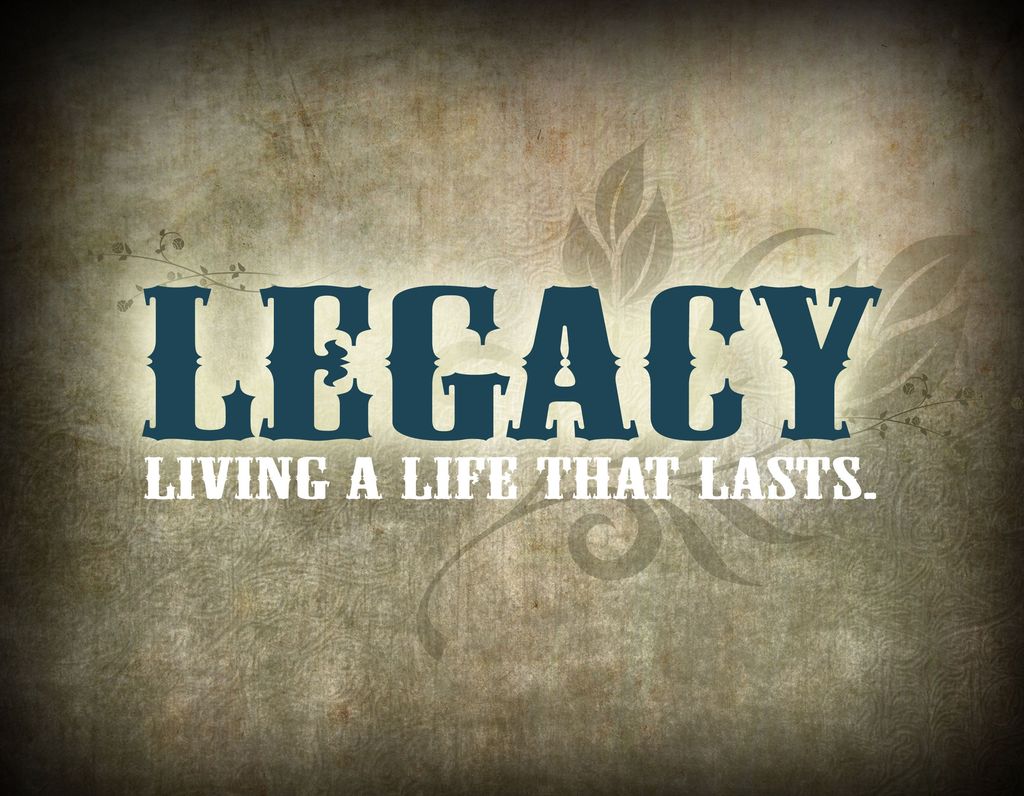
12. **A Director’s Evolution and Lasting Legacy: From *Mystic River* to Modern-Day Icon**
Clint Eastwood’s later career trajectory showcased an extraordinary evolution, as he increasingly directed projects in which he did not appear. This shift underscored his confidence and mastery behind the camera, enabling him to explore a broader spectrum of narratives with remarkable depth and an acutely perceptive analytical lens, truly establishing himself as a director par excellence rather than merely a star-director.
Films like the critically acclaimed mystery drama *Mystic River* (2003) and the profoundly poignant war film *Letters from Iwo Jima* (2006) stand as testament to this phase, earning him Academy Award nominations for his directorial vision. His ability to craft intricate stories and elicit powerful performances, even without his physical presence on screen, marked a significant and highly celebrated chapter in his illustrious career.
He further diversified his filmography by becoming a significant chronicler of biographical narratives, helming compelling features such as *Changeling* (2008), *Invictus* (2009), *American Sniper* (2014), *Sully* (2016), and *Richard Jewell* (2019). These films highlighted his keen eye for historical authenticity and his capacity to bring real-life figures and events to vivid cinematic life, often exploring themes of heroism, sacrifice, and complex moral dilemmas.
Remarkably, even as he approaches his mid-nineties, Eastwood maintains an astonishing creative pace, continuing to act and direct in recent works like *Gran Torino* (2008), *The Mule* (2018), and *Cry Macho* (2021), with *Juror #2* (2024) eagerly anticipated. His unparalleled career has been rightfully adorned with a constellation of accolades, including four Academy Awards, four Golden Globe Awards, three César Awards, and the prestigious AFI Life Achievement Award, alongside France’s highest civilian honors and the Venice Film Festival’s Golden Lion.
Clint Eastwood’s journey, from a young man navigating odd jobs to an enduring cultural icon, is truly singular. He has not only defined entire genres with his stoic antiheroes but has meticulously cultivated a directorial legacy characterized by narrative depth, emotional resonance, and an unwavering commitment to his artistic vision. His profound influence on cinema, spanning diverse roles and generations, ensures that his grit, glory, and distinctive voice will continue to resonate for centuries to come, securing his indelible place in Hollywood’s pantheon.



